 Travis Whiteside
Travis Whiteside
Moneybagg Yo at Minglewood Hall
For some world-class hip hop, keep your eyes on the festivals. This city boasts several, often featuring the superstars of rap as headliners. This year’s Beale Street Music Festival presented, among others, Tyler, the Creator, Ludacris, Al Kapone, renowned Three 6 Mafia producer/artist Juicy J, and Young Dolph, currently riding high in the charts. That’s a high ratio of local rappers.
This October’s Mempho Music Festival will bring Juicy J once again, as well as other Memphians from way back, like Project Pat and Frayser Boy (with the Hi Rhythm Section, no less). Brooklyn’s legendary Nas will headline the October 7th lineup, supporting his new album, Nasir. 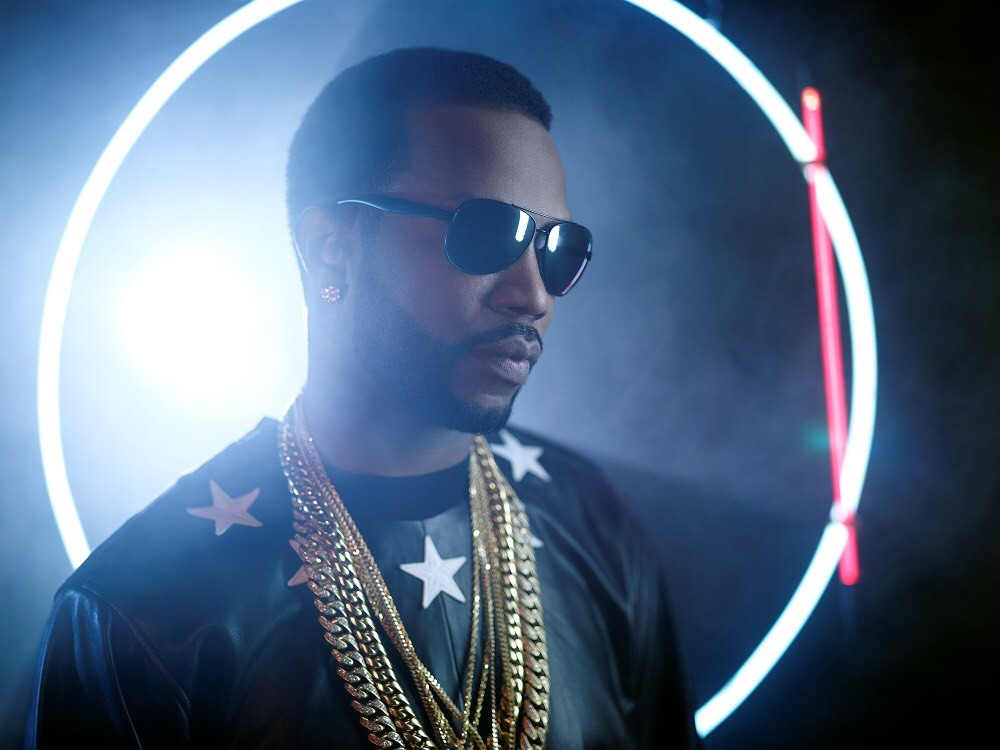
Juicy J
Memphis is also host to a good many single-artist hip hop concerts: grand affairs in roomier venues like Minglewood Hall, the New Daisy Theatre, or the Hi-Tone (where Cities Aviv plays June 29). And then there’s the FedEx Forum, in a class of its own. On June 28, the latter will feature one the country’s biggest hip hop extravaganzas, Yo Gotti & Friends Birthday Bash 6, which always includes top-tier guest artists in addition to Gotti. It must be satisfying for Gotti to survey the landscape of his youth and reflect on his triumphs from the Forum’s stage. 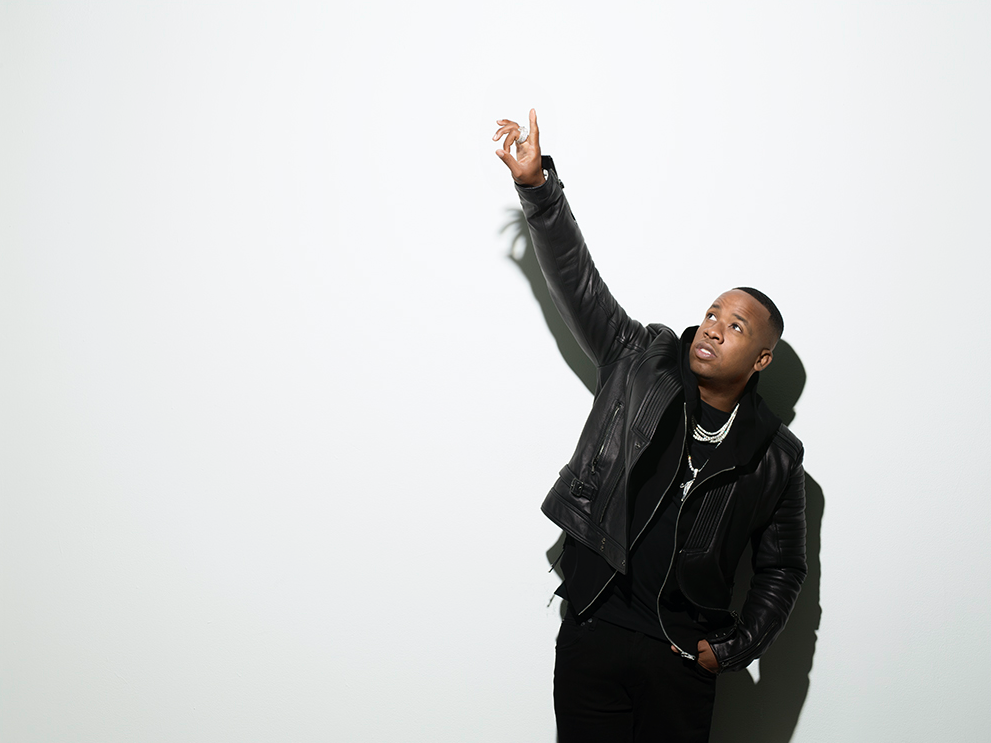
Yo Gotti
Beyond concert and festival appearances by the mega-stars, hip hop shows are experiencing a renaissance in Memphis—for the first time since the 1990s heyday of clubs like the Complex, Fantasia and Precious Cargo, which closed its doors in 2006.
These days, Brinson’s Downtown (340 Madison), Height Lounge (6135 Mt. Moriah Ext.) Midtown Crossing Grill (394 N. Watkins) and CANVAS of Memphis (1737 Madison Ave.) are all places you can catch live hip hop on a regular basis. For DJ battles, keep an eye on the calendar at Memphis Slim Collaboratory (1130 College Studio), where Kingpin Da’ Composer hosts Let’s Get LOUD, a semi-annual beat battle and producer showcase. When Slice of Soul Pizza Lounge (1299 Madison Ave.) opened for business in January, they celebrated with a performance by famed Bronx duo Camp Lo that felt like the days of Precious Cargo revisited. Slice of Soul is also the current home of The Word, Neosoulville’s monthly open mic night, which features MCs alongside jazz divas, soul singers, poets and comedians, all set to the backdrop of Chinese Connection Dub Embassy.
Get Hip to the Hop: Where to Hear Live Rap in Memphis (2)
The Word is probably the city’s longest-running hip hop salon, but it’s hardly the only one. Look out for Dope on Arrival, a quarterly rap showcase held at Height Lounge, Pressure World, a DJ showcase usually held at Growler’s, and the Kickback, an eclectic, funky DJ and live music mash-up hosted by Devin Steele at the Hi-Tone. And every third Sunday of the month, two of the city’s top creative, Brandon “Eso” Tolson and Siphne Sylve, curate a musical salon called Artistik Lounge at Minglewood Hall. Over the last six years, they’ve brought in a wealth of local and national talent, running the gamut from Three 6 Mafia’s Gangsta Blac to NPR darlings Tank and the Bangas. On July 15, Zephaniah headlines Artistik Lounge.
Get Hip to the Hop: Where to Hear Live Rap in Memphis (3)
My favorite spot to catch live hip hop is, hands down, House of Mtenzi Museum (1289 Madison Ave.). The low stage and DIY atmosphere reminds me of the hardcore scene that captivated me in high school. And when local MC Jason Da Hater is running the microphone, you can expect hijinks like four-bar mic battles where the losers are forced to do push-ups before they can regain their mic privileges.
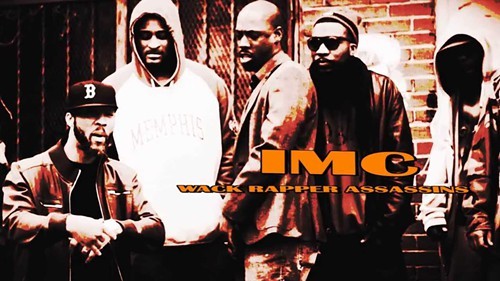
Iron Mic Coalition
Social media is the best way to find out about underground hip hop shows. Be sure to join the Rhyme Writtaz & Rhyme Lovaz Discussion Forum on Facebook. Moderated by Roy Dickenz, aka Milk, one of the MCs in Iron Mic Coalition, the forum offers a plethora of information about the local scene. While you’re at it, download the UnApp, created by the team at Unapologetic, who are hosting their own don’t miss event, the Stuntarious Vol. III EP Release Show, at Railgarten on Saturday, June 30.
It’s a banner month for hip hop at Railgarten—this Saturday night, the venue is also hosting Memphis Massacre, a skateboarding, jookin’ and rap extravaganza put together by VHS storeowner Luke Sexton. The line-up includes instrumental garage rock band Impala, Billboard charting rap duo HippySoul, Unapologetic’s Weird Maestro, and headliner Tommy Wright III, a Memphis-born rap legend of the 1990s who has resurfaced as a skate culture hero.
Currently, it’s easier to catch Wright onstage at SXSW, or in New York or Los Angeles, than it is in his own hometown. Wright’s last local appearance was during Gonerfest 13:
Get Hip to the Hop: Where to Hear Live Rap in Memphis
Parse through his YouTube channel and you’ll see him performing at L.A.’s hipster sneaker store Undefeated, or at the Circle Bar in New Orleans, surrounded by young white kids who know every syllable of his 1994 underground hit “Meet Yo Maker.”
Sexton sees Memphis Massacre as an opportunity to take VHS beyond the brick-and-mortar storefront. “We’re promoting the culture of the Dirty South,” he says. “Tommy really brings out a raw essence that skateboarders love. What he raps about isn’t glamorous—it’s the raw and dirty side of things.” Admission for Memphis Massacre, which kicks off at approximately 6 p.m. with DJ Hush and a skateboarding demo, is $10.
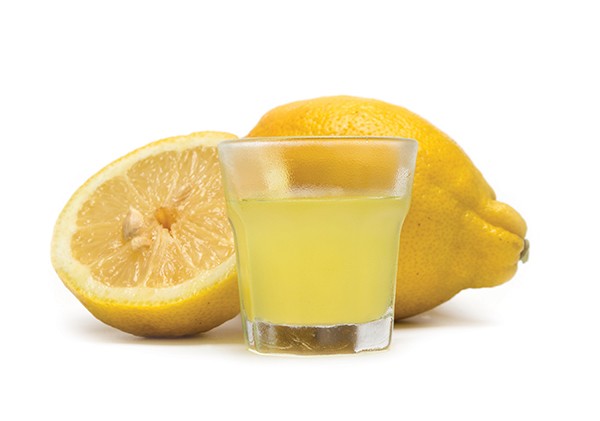 Maurizio Distefano | Dreamstime.com
Maurizio Distefano | Dreamstime.com 
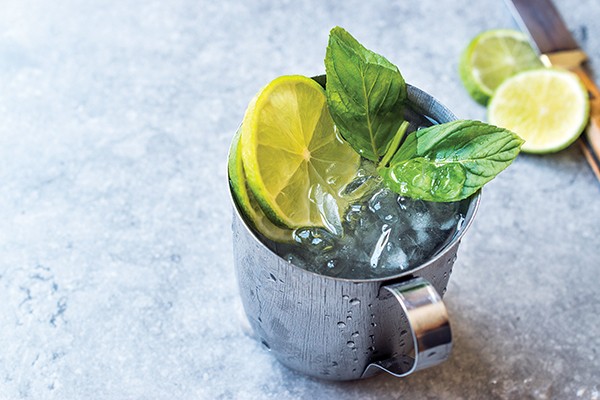 Alp Aksoy | Dreamstime.com
Alp Aksoy | Dreamstime.com 

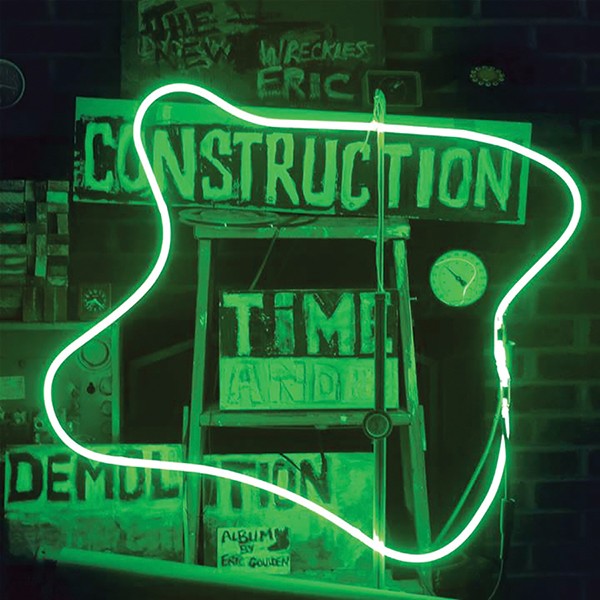
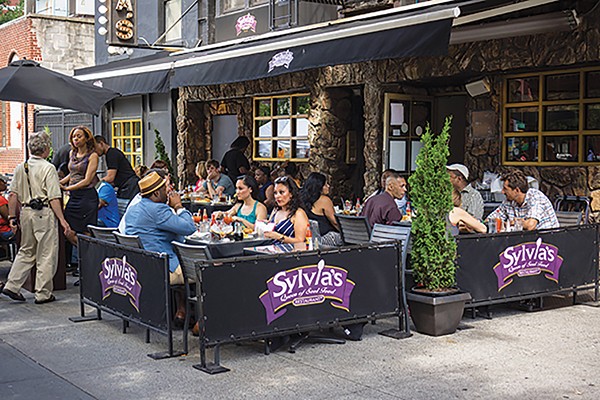
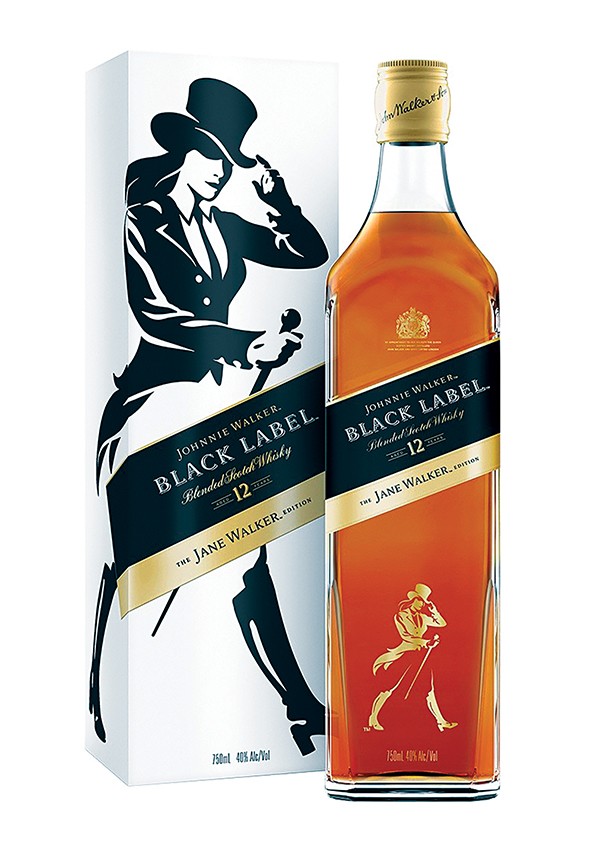
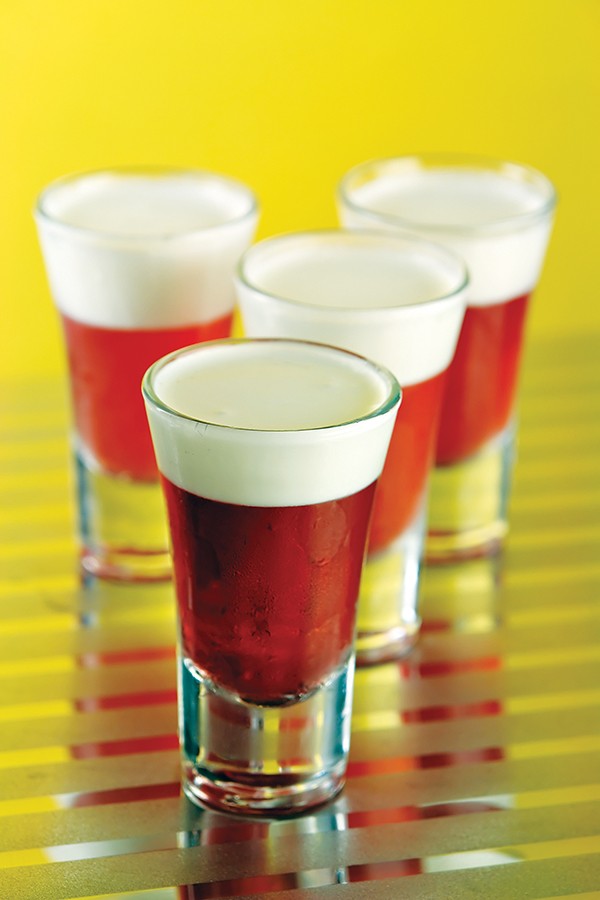 Kasia Biel | Dreamstime.com
Kasia Biel | Dreamstime.com